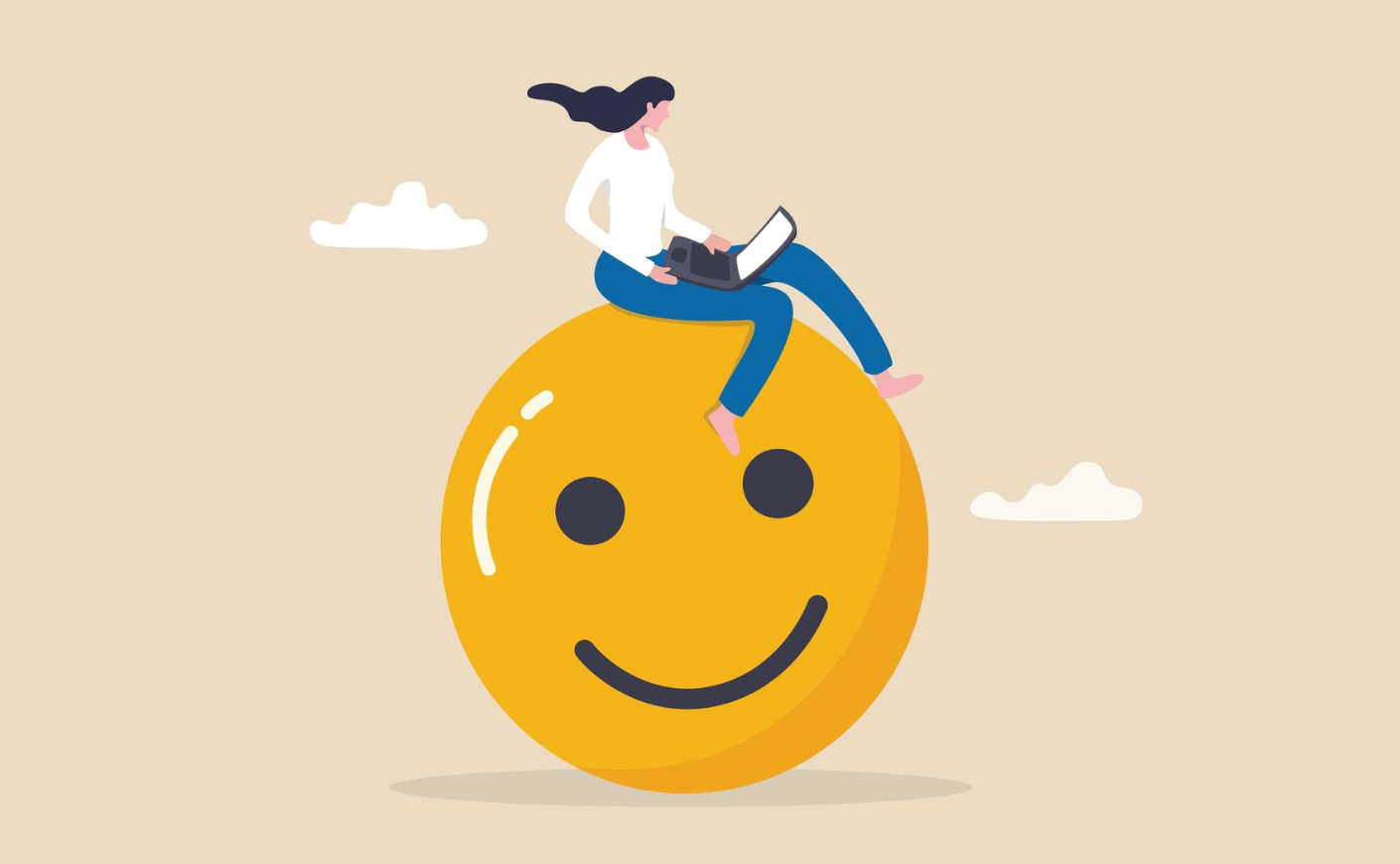Author Suneel Gupta on finding purpose at work, avoiding burnout, and dealing with worry.
There’s a lot of discontent brewing in corporate America. Some employees have resorted to quiet-quitting. Others are wracked with “FOBO” (the fear of becoming obsolete). And according to a new poll, more than half of the workforce is eyeing a new gig.
But chances are, simply finding a new job — or going through the motions of the one you’ve got — won’t make you any less miserable at work, writer Suneel Gupta tells us. In his new book, he prescribes an alternative: living your “dharma.” The concept is embedded in Hinduism and Buddhism and dates back a thousand years, originating in India, where Gupta’s family is from. The word means “sacred duty,” and Gupta thinks it can be a guiding principle for those of us struggling to fulfill our ambition and find a sense of inner peace.
We spoke to the author and tech entrepreneur about Everyday Dharma, how we can incorporate this ancient philosophy into our work, the importance of building a “rest ethic,” and the simple hacks we can use to find more joy on the job.
Katie Couric Media: So many of us, as you write, feel like we have to choose between feeling at peace and following our ambition. You say that’s not the case.
Suneel Gupta: I think we’ve been conditioned to think of “purpose” as these Instagrammable images of people quitting their jobs, joining an extended meditation retreat, backpacking through the Himalayas. Most of us don’t have that luxury. We’re trying to keep up with meetings, with mortgages, with drop-offs, with aging parents. So the good news is that you don’t need to abandon your life in order to live your dharma. Dharma is really the art of bringing purpose into an overwhelming life. It’s aligning who you are with what you do, and each little alignment really can make a big difference. Pursuing purpose isn’t just for the privileged — it’s something that we all have access to, no matter what.
How can we find our calling, or what you describe as our essence?
Dharma isn’t something you have to go find. It’s already inside you. Michelangelo would look at a block of marble and say the sculpture is already inside. The same is true for your dharma. It’s just been buried under layers of stuff — expectations, judgments, other people’s priorities, and the realities of day-to-day life.
There are things that we can do to start chiseling away some of those layers. Even if you’re in a job that you don’t like, you can start to ask, What are the bright spots of my day? What are those moments, even if they’re tiny and fleeting, where you actually feel like you’re coming alive a little bit?
For example, when I was working inside a technology company, I ultimately found that storytelling was the thing that was my essence. Those are two completely different worlds. But the reason that I was able to find that is because the brightest spots of my day were when I was listening to a customer story, or when I was sharing a story about something I found and observed with other people on my team, I could literally feel myself come alive in those moments. That’s one, but there are other chisels as well in the book.
You discuss burnout in the book, too. Why do you think so many people in corporate America are grappling with that?
I think we’re relying too much on vacations and long breaks to deal with burnout. Vacations are wonderful and are a great way to experience the world and reconnect with loved ones and friends. The issue, though, is that most people report feeling more stressed out one week after vacation than they did one week before vacation. I’s not the effective instrument for dealing with burnout that we make it out to be. That’s why when you look at high performers, the people who are able to sustain a level of energy and therefore a level of momentum in their lives and their careers, they’re not waiting for vacations. They’re taking frequently focused periods of rest every single day. In the book, I call this rhythmic recovery or rhythmic renewal.
The average high performer is taking somewhere around eight breaks every single day. The model that I’ve been able to adopt myself — and also bring to teams and leaders and companies — is the 55:5 model. For every 55 minutes of work, you’re taking five minutes of focused, deliberate rest. And during that five minutes, you can be doing anything you want. You could be drinking a cup of coffee, listening to music, meditating, so long as it’s deliberately non-productive. You want to take in pure rest, and this is hard for people because our instinct is that when we’re overwhelmed, we try to squeeze as much juice out of every minute of every day. And so the idea of shrinking your hour by five minutes doesn’t feel immediately palatable to people. But what the science tells us is that each of those five minutes is going to make the other 55 minutes far more effective, far more productive, far more creative, far more collaborative.
Can you explain the concept of worry breaks?
There’s a saying in pop psychology: What you resist, persists. Oftentimes, when you have a nagging worry on our mind, our instinct is to resist it and say, “I don’t have time for you right now.” But the problem is that a worry will often grow from a whisper to a conversation into a shout. Counterintuitively, one of the best ways to deal with worry is to actually give it a fixed amount of time. Instead of trying to push out the worry, devote three to five minutes to focusing on it. You may think it would amplify your thought, but it makes that concern feel heard and turns down the volume enough so that it won’t nag at you throughout the day, which will allow you to be more present.
If you had to pick one strategy from your book that the average person, who may feel a little dissatisfied with their work, can put into practice, what would it be?
In our lives and our work it’s really important to take what I call “wandering time” — time that you’re spending without an agenda to just take a walk and get some fresh air. There was a study with thousands of employees who were asked where they came up with their best ideas, and the answers were all over the board. But often they were things you’d expect: They were walking in nature, they were taking a shower, they were on their commute back and forth from work. But almost nobody said at their desk.
We often feel like the best way to get through a tough moment is to bang our head against the desk. But sometimes one of the best things that we can do for our wellbeing, our creativity, and our work is to build in wandering time and schedule deliberate, non-productive time. This was something some of the greatest innovators of our time practiced. Albert Einstein said that he came up with some of his best ideas on his sailboat. Steve Jobs liked to take walks, and Tim Cook adopted that habit when he became CEO of Apple.
It’s easy to think that the people who do the most are the ones sitting at their desks the longest, but I don’t think that’s true. I think they’re the people who were able to maintain their energy over time, the ones with good work and rest ethics.












